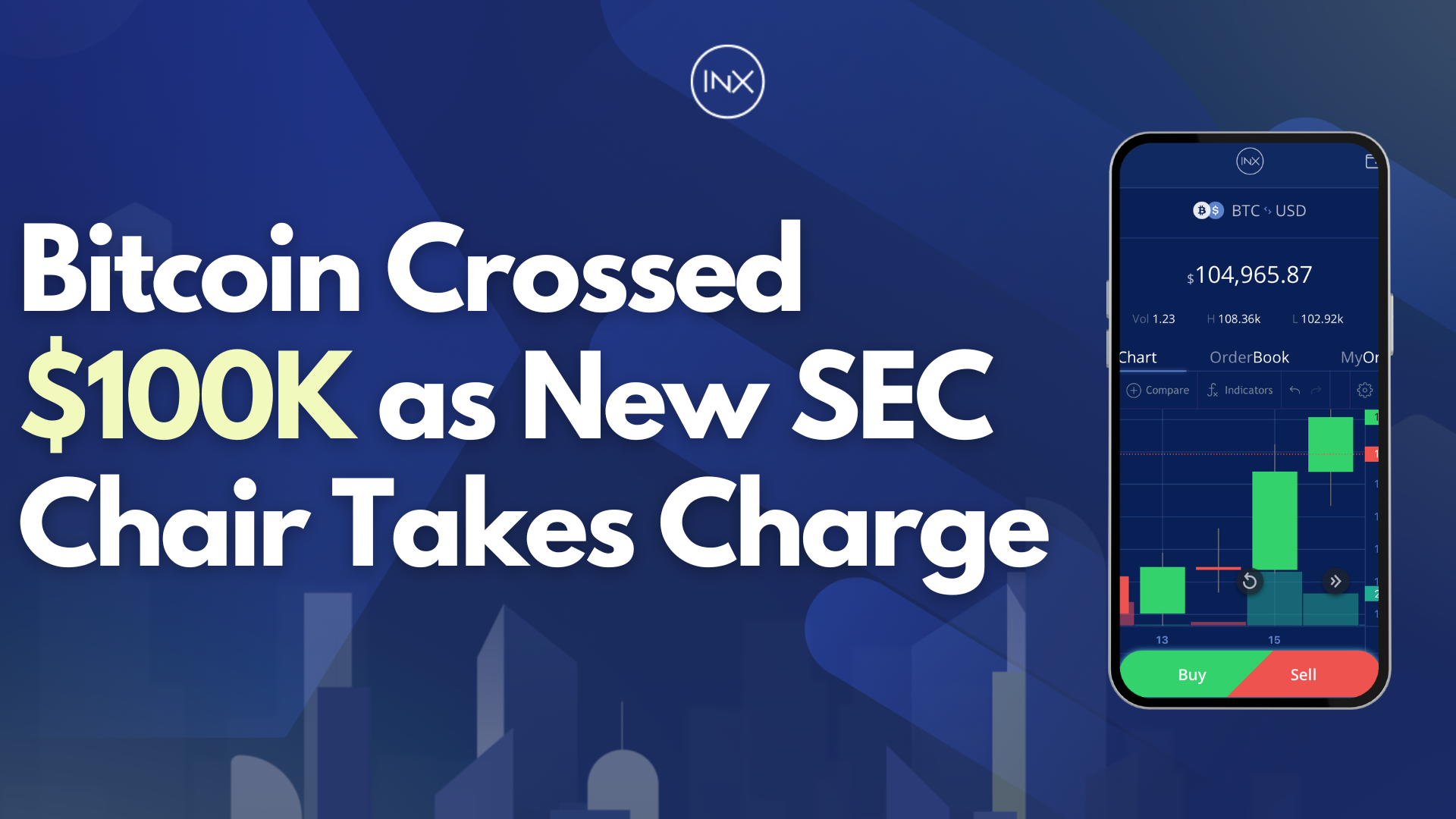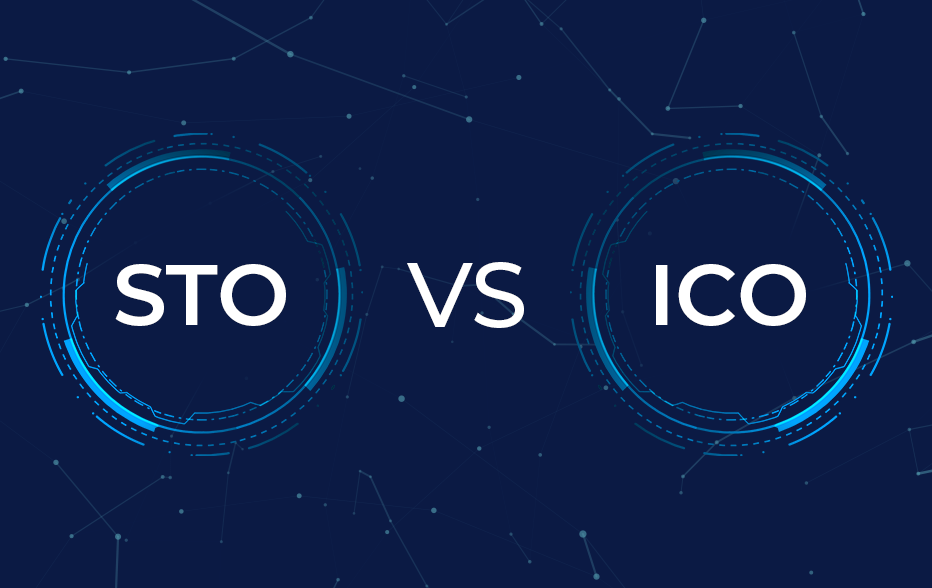An Investor’s Guide to Earning Income From Dividend Stock Investments
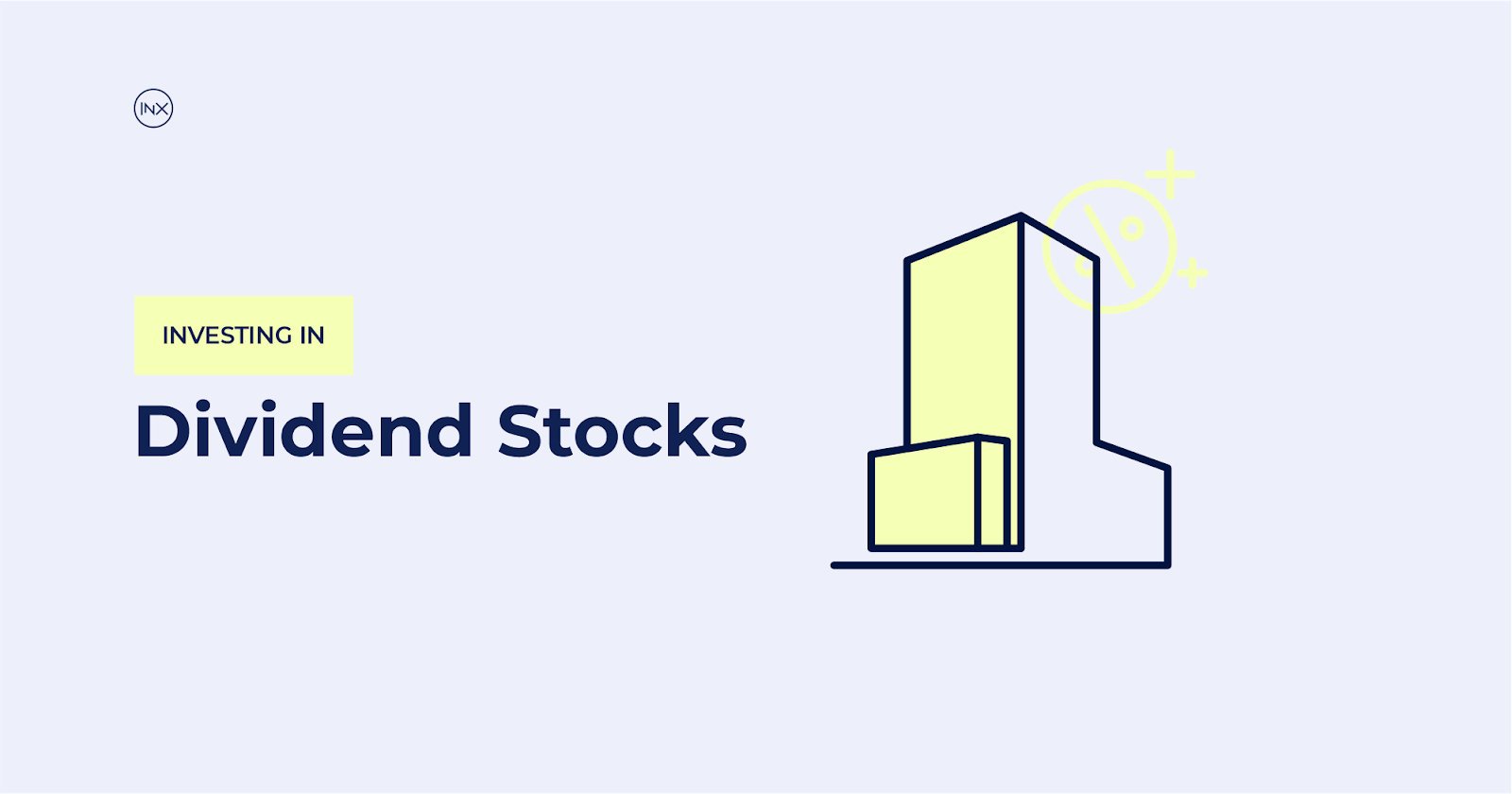
Unlike high-frequency trading or speculative bets, dividend stocks offer a more measured approach to growing your wealth – one that combines steady returns with the stability of established companies.
In this comprehensive guide, we’ll navigate the world of dividend stocks, unraveling how they work and unveiling strategies to maximize your income through smart investing.
What are Dividend Stocks?
Dividend stocks are shares of companies that pay out a portion of their earnings to shareholders, typically regularly, like quarterly or annually. Companies that consistently pay dividends are often well-established and financially stable, indicating a level of reliability and sound management.
The dividends are a form of income to shareholders, in addition to any gains from the stock price increase. They provide a steady income stream, making these stocks attractive for investors seeking regular earnings. The payouts distributed to shareholders are like a reward for their investment.
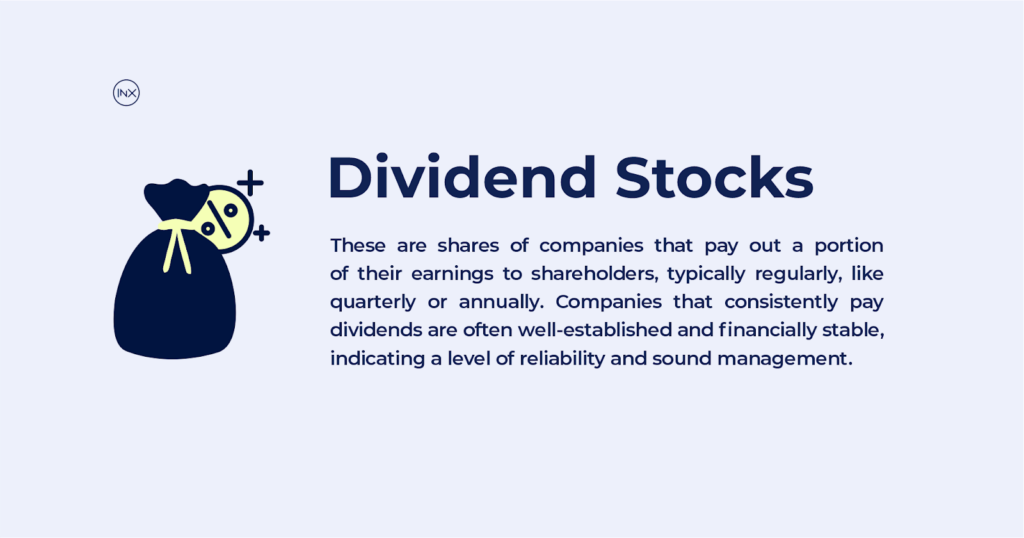
Dividend stocks are particularly appealing to those looking for regular income, such as retirees, or as a way to grow wealth steadily over time through reinvestment of dividends.
How do Dividend Stocks work
Dividend stocks are more than just a slice of a company’s profit; they’re a testament to its stability and commitment to its shareholders. The dividend is the amount paid to the shareholders, typically expressed as a specific amount per share, like $2 per share.
How does a company decide to pay dividends, and what does that mean for you as an investor?
The decision to offer dividends usually begins with profitability. It is typically made by the company’s board of directors and is influenced by its financial health and future investment plans.
Companies that pay dividends often adopt one of the three dividend-paying policies — Residual, Stable, and Hybrid.
With the residual dividend-paying policy, companies pay stakeholders for the remaining equity after all the capital projects are met. These types of companies rely on their equity to finance any new projects.
On the other hand, companies using the stable dividend policy pay their stakeholders dividends each year/quarter regardless of the company’s earnings fluctuation. These companies usually create a fixed percentage of their earnings called the “target payout rate” paid to the shareholders. The hybrid dividend policy combines residual and stable dividend policy to create a balanced payment policy. Most companies usually adopt this approach, setting a small part of the yearly earnings aside as dividends. Then, there is an extra dividend in addition to the set dividend when the income exceeds a benchmark.
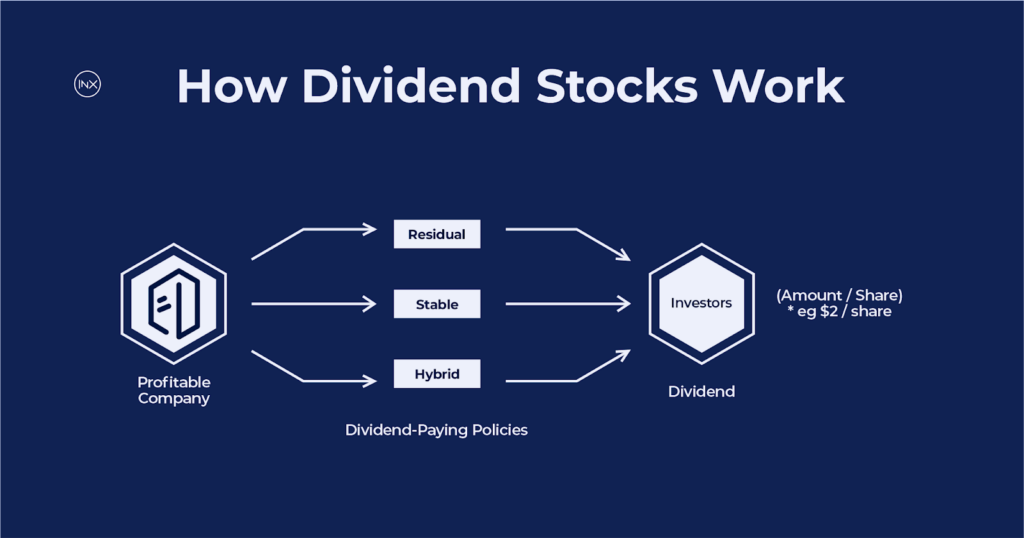
It is important to know the dividend-paying method as it helps calculate the Dividend yield and assessment of the stock. The dividend yield is the metric investors use to measure how much the company pays yearly relative to its stock price.
The yield is more than a percentage useful for choosing dividend stocks; it’s a window into the company’s financial well-being and investment potential.
Understanding Dividend Yield
Dividend Yield is the ratio that compares the annual dividends paid by a company to its stock price. It helps investors gauge the return they can expect on their investment and helps in comparing the relative attractiveness of different dividend stocks.
To calculate it, divide the annual dividends per share by the stock price per share. Here is a practical example to help picture dividend yield:
Imagine a company called “ABC Corp” has a current stock price of $100 per share. ABC Corp announces that it will pay a yearly dividend of $4 per share. To calculate the dividend yield, you divide the annual dividends per share by the stock price per share.
In this case:
- Annual Dividends Per Share = $4
- Stock Price Per Share = $100
The Dividend Yield = ($4 / $100) × 100% = 4%
This means that if you own shares of ABC Corp, you can expect a return of 4% on your investment in the form of dividends, assuming the dividend amount and stock price remain constant over the year. So, if you invest $10,000, you get 4% of 10,000, which is $400 every year.
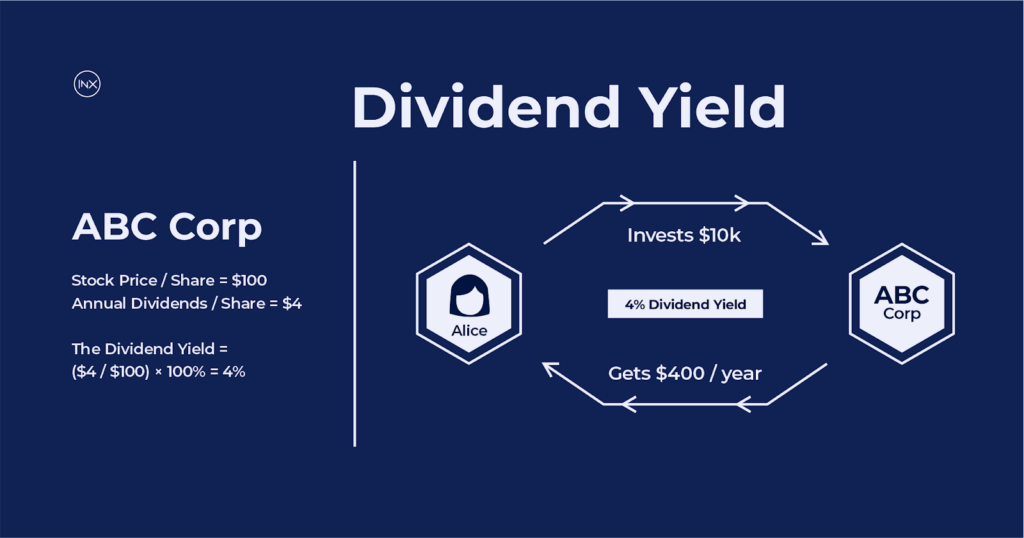
Generally, mature stable companies often have higher dividend yields, while fast-growing companies might reinvest profits, resulting in lower yields. However, you want to be careful with yields, a high dividend yield can be tempting, but it’s crucial to understand why it’s high.
Is the company truly profitable, or is the stock price falling?
Sustainability is essential when choosing dividend stocks; remember, the longer the stock is sustainable, the better.
Dividends and Stock Price
When a company announces a dividend, it can signal financial health, potentially increasing investor confidence and raising the stock price. Conversely, reducing or eliminating dividends can indicate financial problems, possibly leading to a stock price decrease.
It is worth noting that a company’s stock price typically decreases by the amount of the dividend on the ex-dividend date. This adjustment reflects the payout and ensures fairness in the market.
Also, dividend yield (annual dividends per share divided by stock price per share) inversely relates to the stock price. If the stock price falls and the dividend remains constant, the yield increases, and vice versa.
Earning Dividends on the Blockchain
Blockchain-based dividend stocks leverage blockchain’s immutability and security to offer transparent and accessible stocks. These stocks can be traded on specialized blockchain platforms, offering a blend of traditional stock market and modern digital asset trading experiences.
Smart contracts on blockchain can automate the dividend distribution process, ensuring timely and accurate payments to shareholders. This also makes the process trustless – there is no need for an intermediary to handle payment, leaving no room for errors.
Furthermore, blockchain technology enables easier access to dividend stocks for a global audience, potentially increasing liquidity.
Trucpal
Trucpal is one of the world’s first blockchain-based dividend stocks traded on INX.one. Trucpal’s introduction as the first digital security in China marks a significant milestone. It showcases how blockchain technology can be leveraged in traditional industries to offer new forms of investment and growth opportunities.
Trucpal, operated by HGC, has revolutionized China’s trucking industry with a blockchain-backed Software as a Service (SaaS) platform. The platform integrates the benefits of blockchain technology into the freight industry, offering services across the whole life cycle for truckers, suppliers, shippers, and other stakeholders in the logistics chain.
Trucpal’s security token also complies with U.S. laws, demonstrating a commitment to global standards and regulatory compliance. For investors, Trucpal offers a dividend-paying stock that is an opportunity for potential income and liquidity previously unavailable.
Trucpal has established a system that targets to continuously pay dividends every six months. The dividends paid to Trucpal token holders are derived from a significant portion of the company’s qualifying business revenues. Specifically, 75% of Trucbook’s business revenues (net of taxes and withholdings) are allocated to token holders.
The HGC uses INX’s blockchain-powered Transfer Agent for Trucpal’s dividend payment, which is all on the Ethereum blockchain.
Treasure Experience
The Treasure Experience (TRZX) on INX is an innovative concept that merges marine exploration, new technology, and treasure hunting.
The creators of the Treasure Experience, Marc and Krist, lead expeditions to uncover historical sites and shipwrecks. Participants, even those not physically present in the explorations, get to experience the thrill and significance of these discoveries.
Treasure Experience Token holders get potential dividends from the profit generated by the company’s ventures – live adventure streaming, fact-based education documentaries, and comedy. Additional revenue is also sourced from monetizable recovered items, licensed technologies, and sales of branded merchandise.
Investors can buy into Treasure Experience by buying the Treasure Experience (TRZX) token on INX.one.
Conclusion
Dividend stocks offer a unique blend of income generation and potential capital appreciation, making them valuable to a diversified investment portfolio. Blockchain-based dividend stocks take it a step further by leveraging the blockchain technology properties. You can effectively leverage dividend stocks for long-term financial growth with strategies like diversification and reinvestment.
However, the journey of dividend stock investing is as much about knowledge as it is about strategy. It is important to continuously educate yourself and stay abreast of market trends to make smarter investment choices. Learn more about fixed-income investments and blockchain on the INX Academy
INX Securities, LLC (“INXS”) is a member of FINRA/SIPC. This communication is provided for informational purposes and is not a solicitation or an offer to buy or sell any financial instruments. Please visit www.inx.co for more information and additional disclosures.
The INX Digital Company INC November 30, 2023
The INX Digital Company inc. is an expert in the field of finance, crypto and digital securities.

